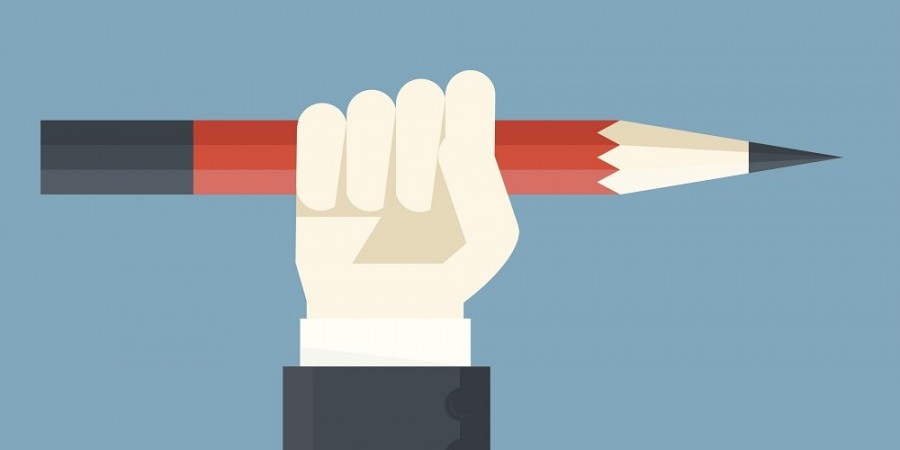Till date, eight journalists, two netizens, and one media assistant have been killed in various incidents in connection with their journalistic work. There are more statistics: 193 journalists are imprisoned while 166 netizens are behind bars, with a total of ten media assistants serving time in prison.
The report is annually released by Reporters Without Borders or Reporters Sans Frontières (RSF), an international non-profit and non-governmental organization which promotes and defends the freedom of the press. The organization, headquartered in in Paris, has consultant status at the United Nations (UN). The organization also publishes “Predators of Press Freedom” list of politicians, religious leaders, government officials, militias and criminal organizations, who openly target journalists.
“Violations of the freedom to inform are less and less the prerogative of authoritarian regimes and dictatorships. Once taken for granted, media freedom is proving to be increasingly fragile in democracies as well. In sickening statements, draconian laws, conflicts of interest, and even the use of physical violence, democratic governments are trampling on a freedom that should, in principle, be one of their leading performance indicators,” says the report.
Norway is the most press tolerating country while North Korea has the dubious distinction of being the worst for journalists. The list contains 180 nations and ranks them according to the level of freedom available to journalists in that country. India ranks 136 on the World Press Freedom Index, three points lower than last year. According to the 2017 World Press Freedom Index, there is an increase in the number of nations where media freedom situation is very grave and it also highlights the scale and variety of obstacles to media freedom throughout the world.
Overall, the world has become darker for journalists, according to the RSF report. “A total of 21 countries are now colored black on the press freedom map because the situation there is classified as “very bad,” and 51 (two more than last year) are colored red, meaning that the situation in these countries is classified as ‘bad.’ In all, the situation has worsened in nearly two-thirds (62.2%) of the 180 countries in the Index,” says the report.
India has, in fact, gone down from the previous year’s 133rd position. The report blames the rise of Hindu nationalism, under the leadership of Prime Minister Narendra Modi, for the lowering of the ranking.
The report is particularly critical of media curbs in restricted regions. “Coverage of regions that the authorities regard as sensitive, such as Kashmir, continues to be very difficult, and there are no protective mechanisms. On the first day of a wave of protests in Kashmir in July 2016, the Internet was cut by the military and was often interrupted thereafter to prevent communication between protesters and prevent coverage by the media and citizen journalists. Journalists working for local media outlets are often the targets of violence by soldiers acting with the central government’s tacit consent,” adds the report.
A 45-year-old freelance journalist, Aparna Kalra, was violently attacked during her evening walk in a park in Delhi. The brutal attack led to serious head injuries. Kalra, who was bleeding profusely from the head, had to be hospitalized and undergo emergency surgery. Another senior journalist working with the Daily News & Analysis (DNA) newspaper was attacked in Navi Mumbai recently.
“Journalists are increasingly the targets of online smear campaigns by the most radical nationalists, who vilify them and even threaten physical reprisals,” the report says.
Disclaimer: The opinions expressed in this article are the personal opinions of the author. The facts and opinions appearing in the article do not reflect the views of NEWSD and NEWSD does not assume any responsibility or liability for the same.


















